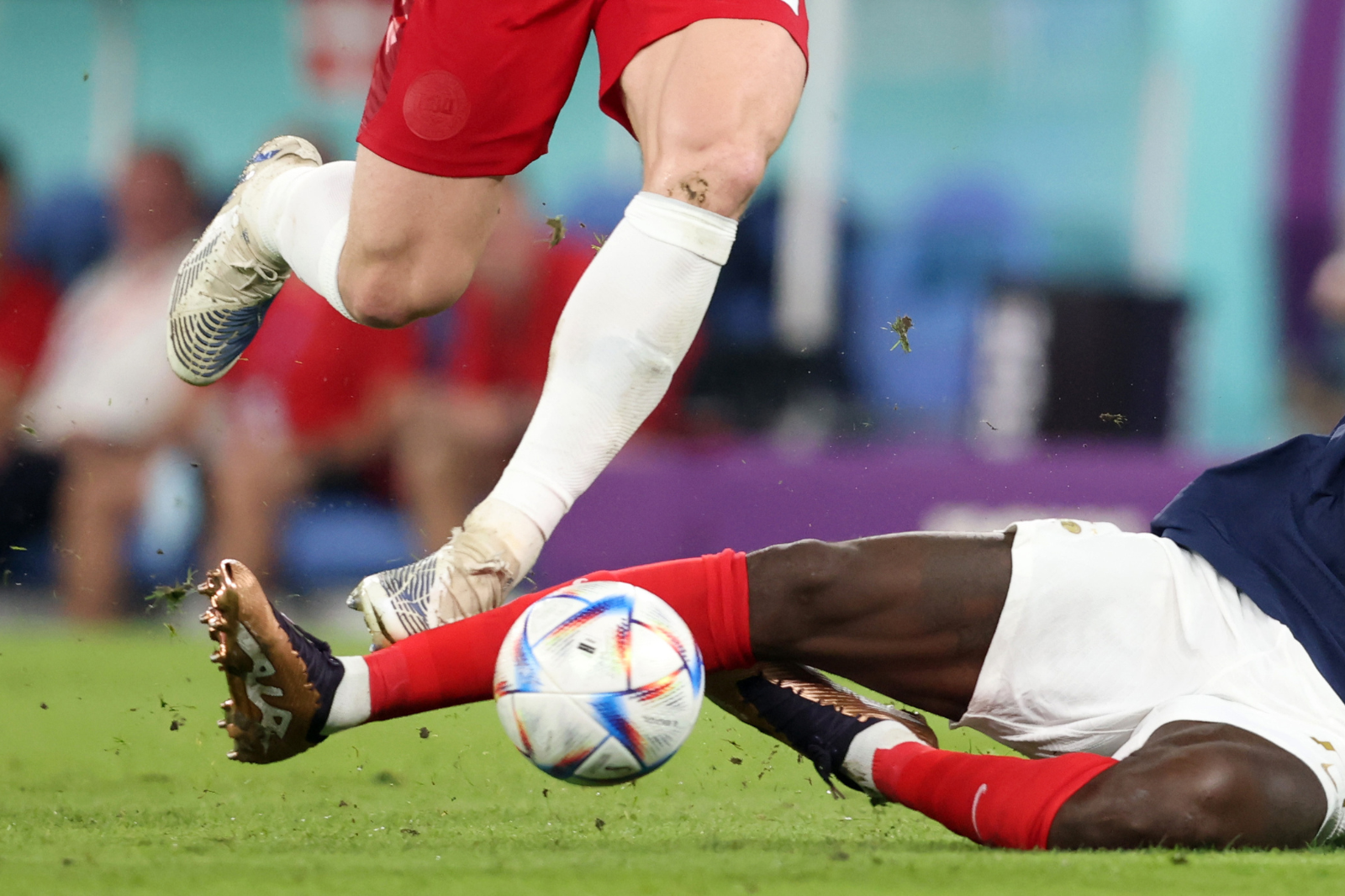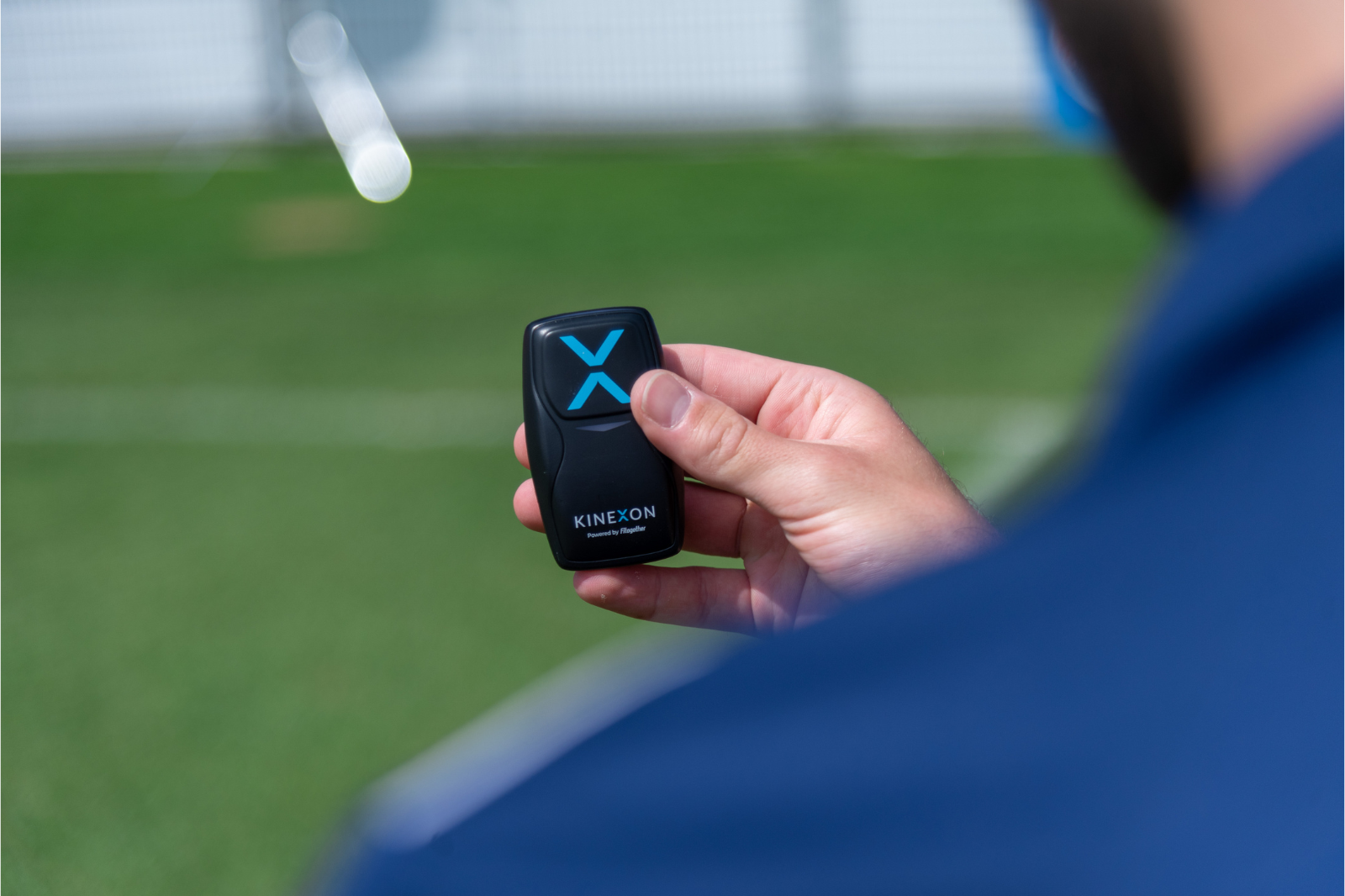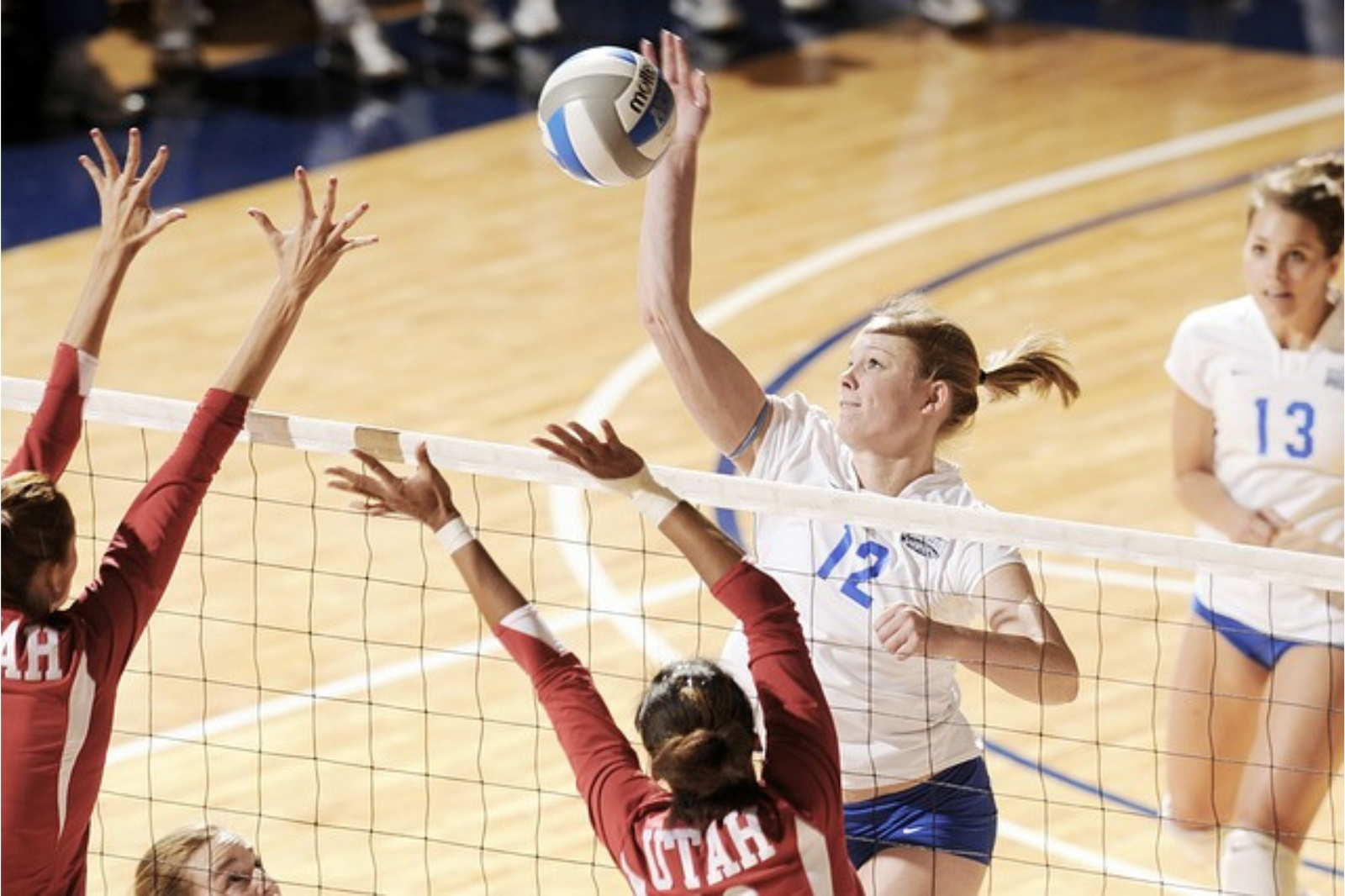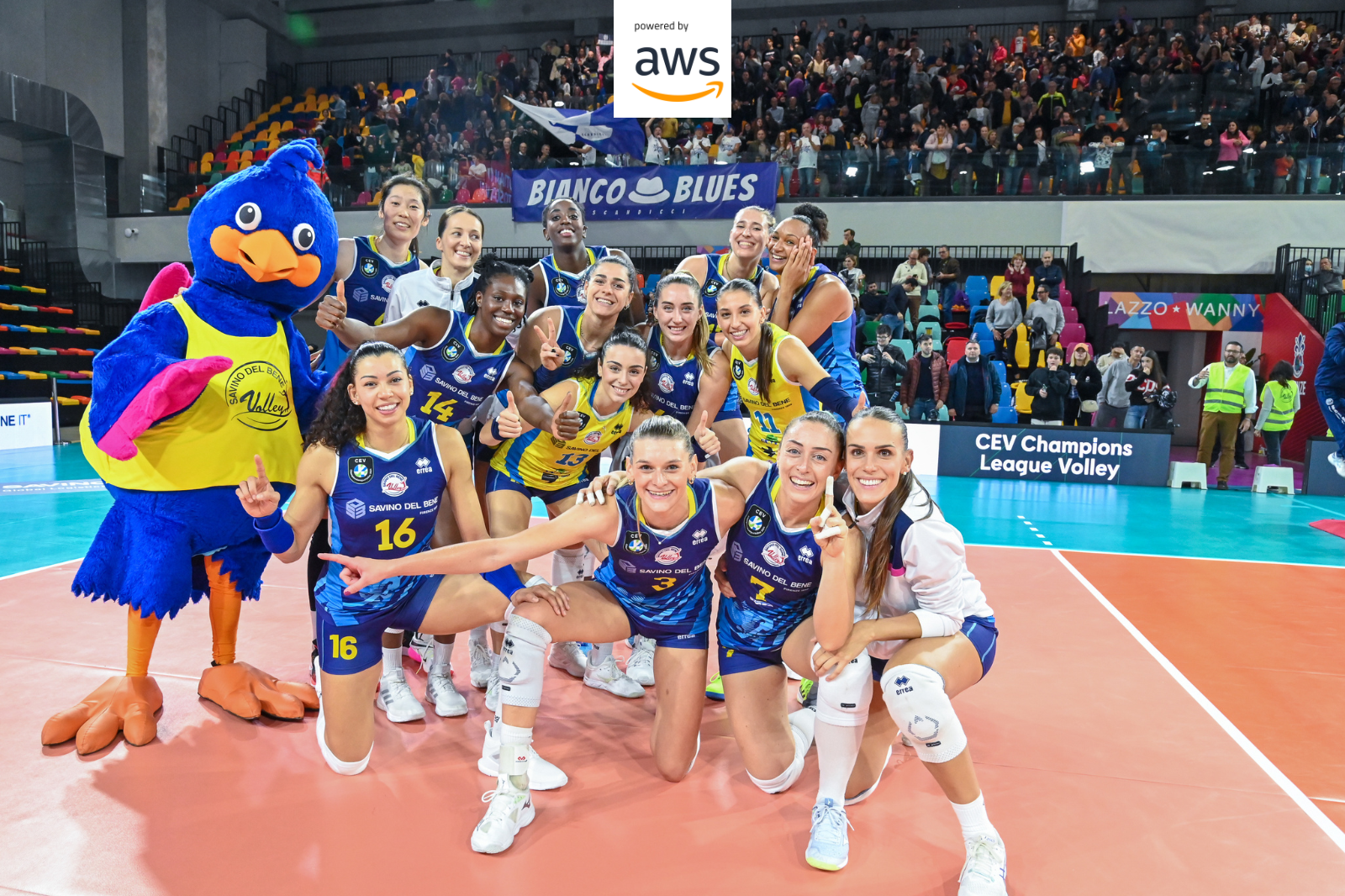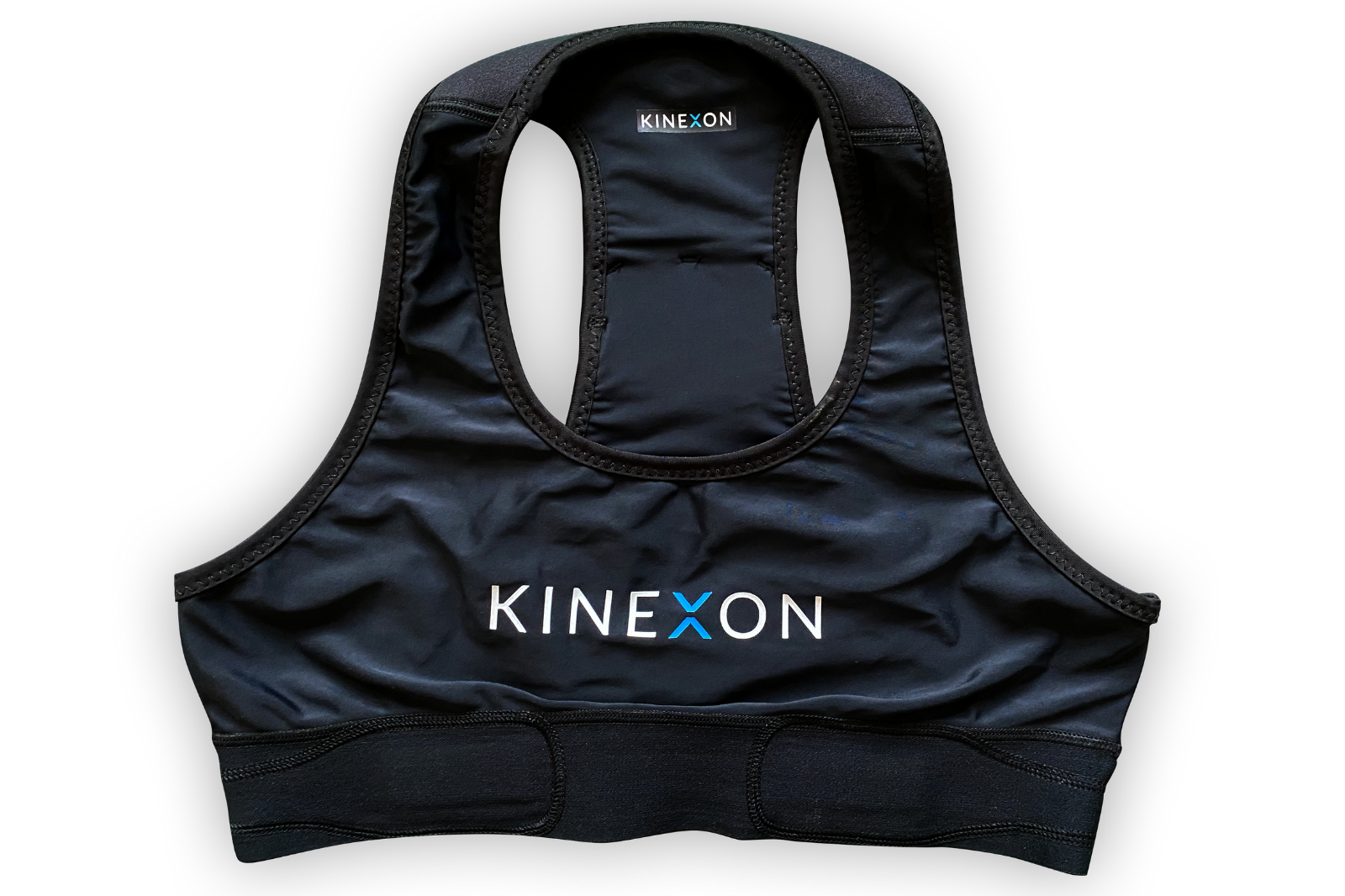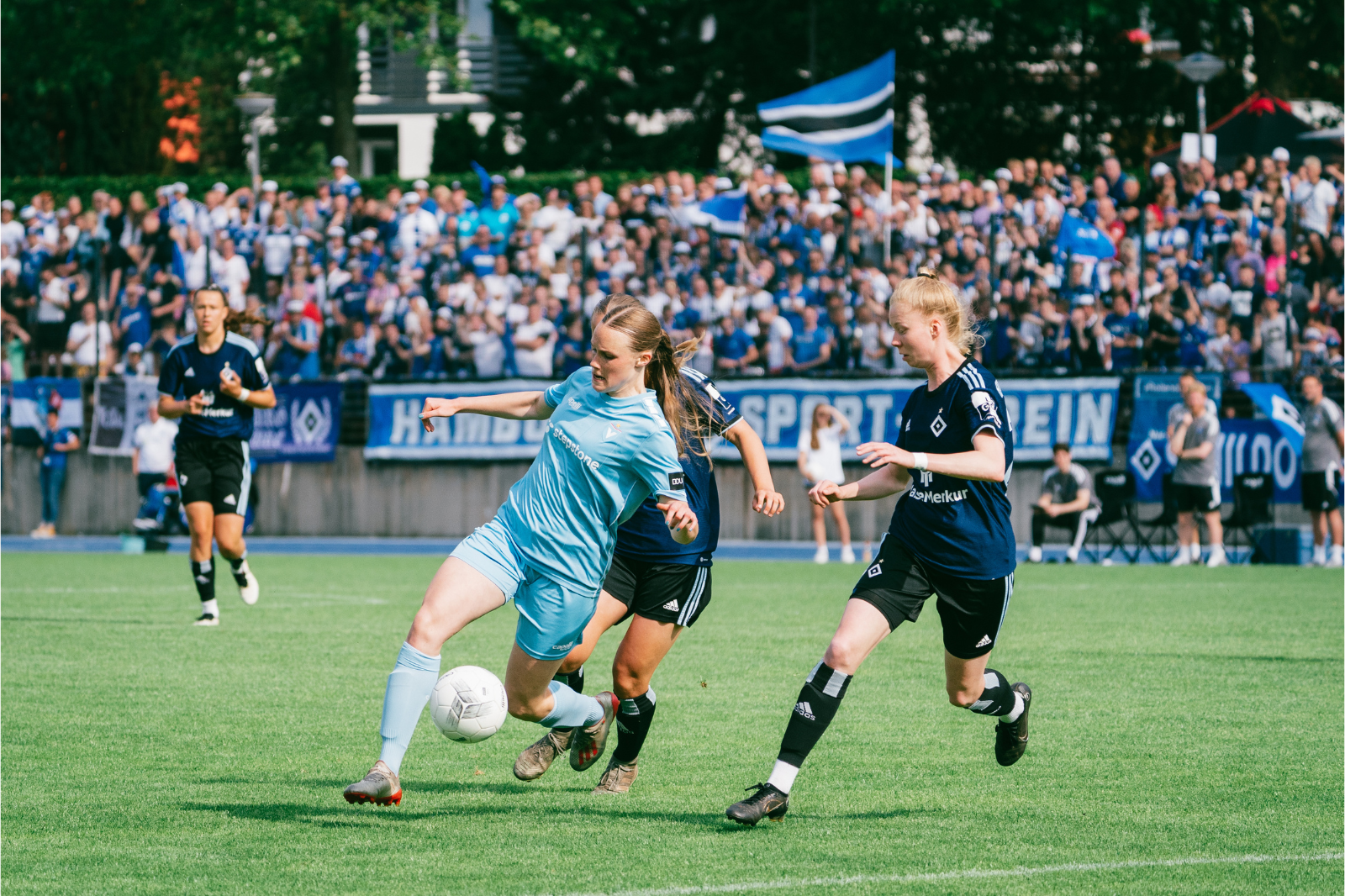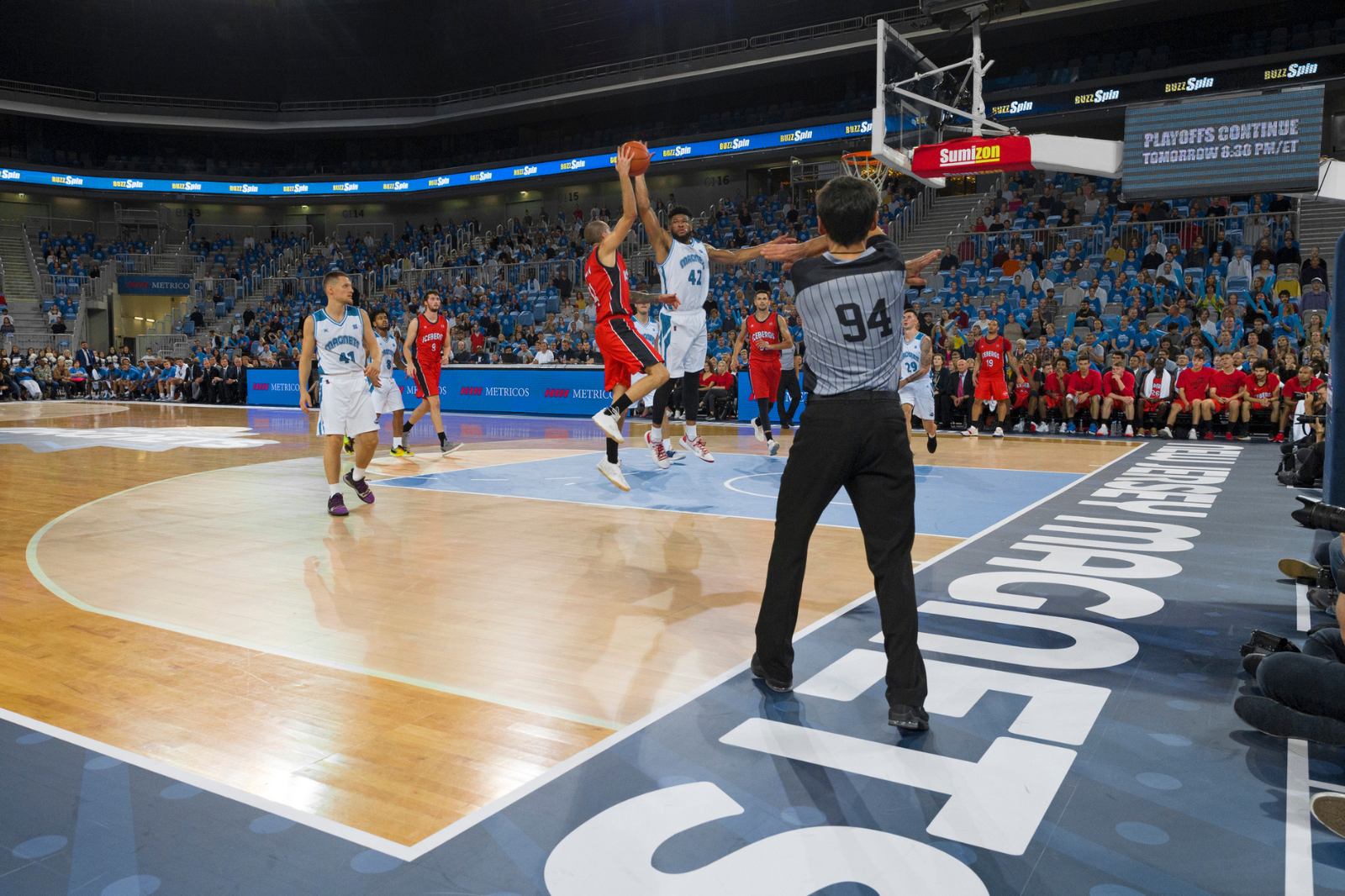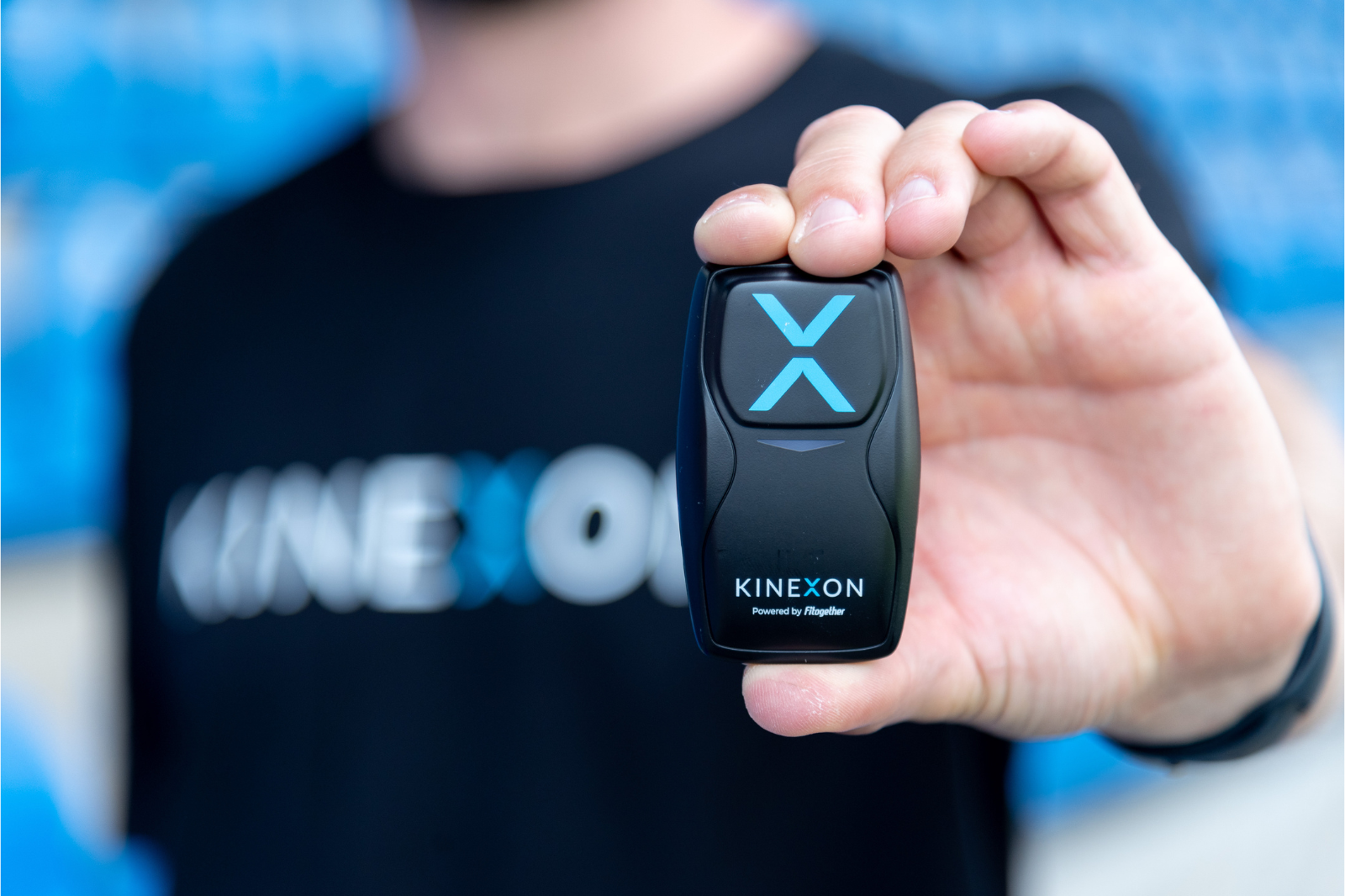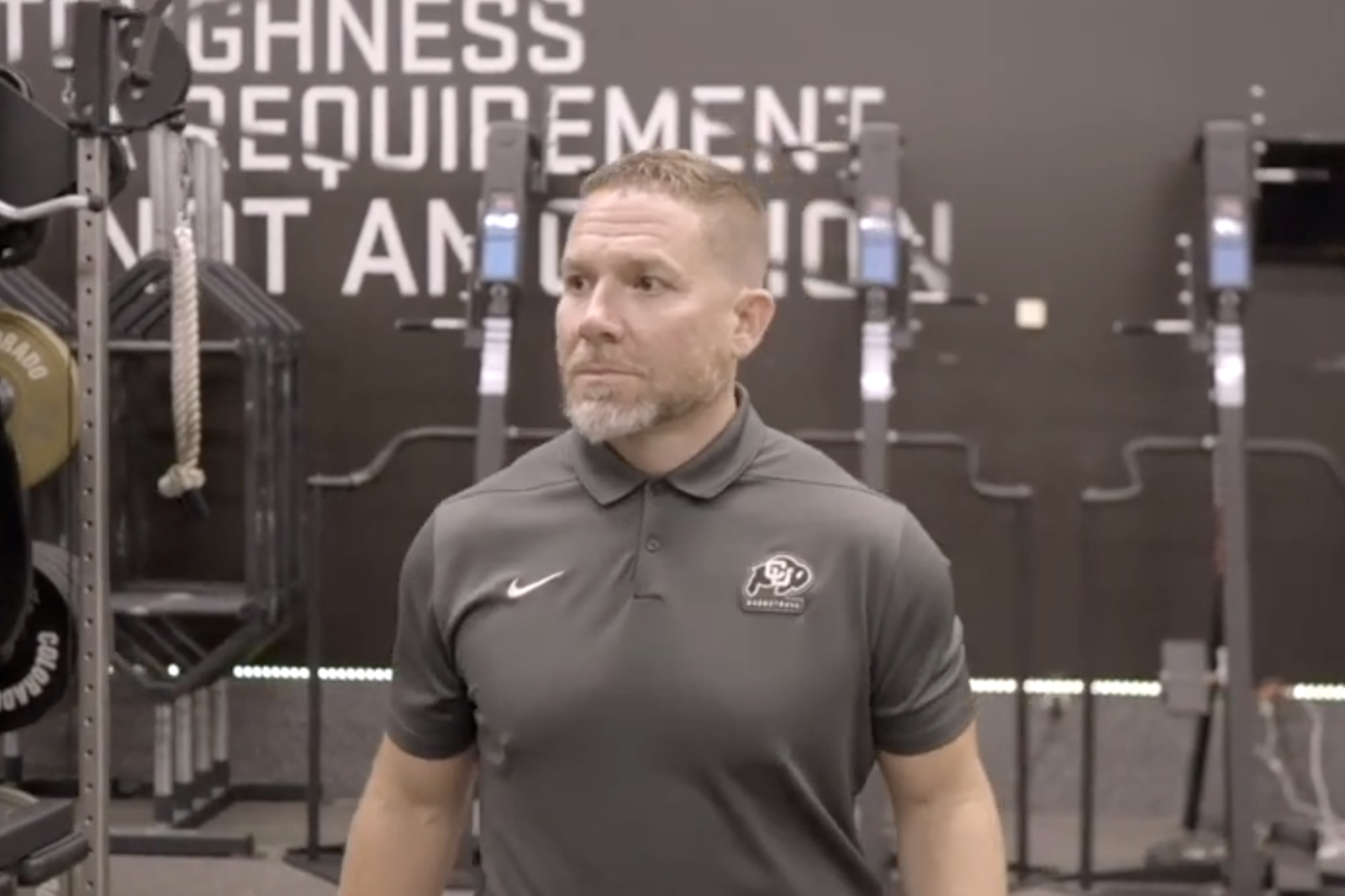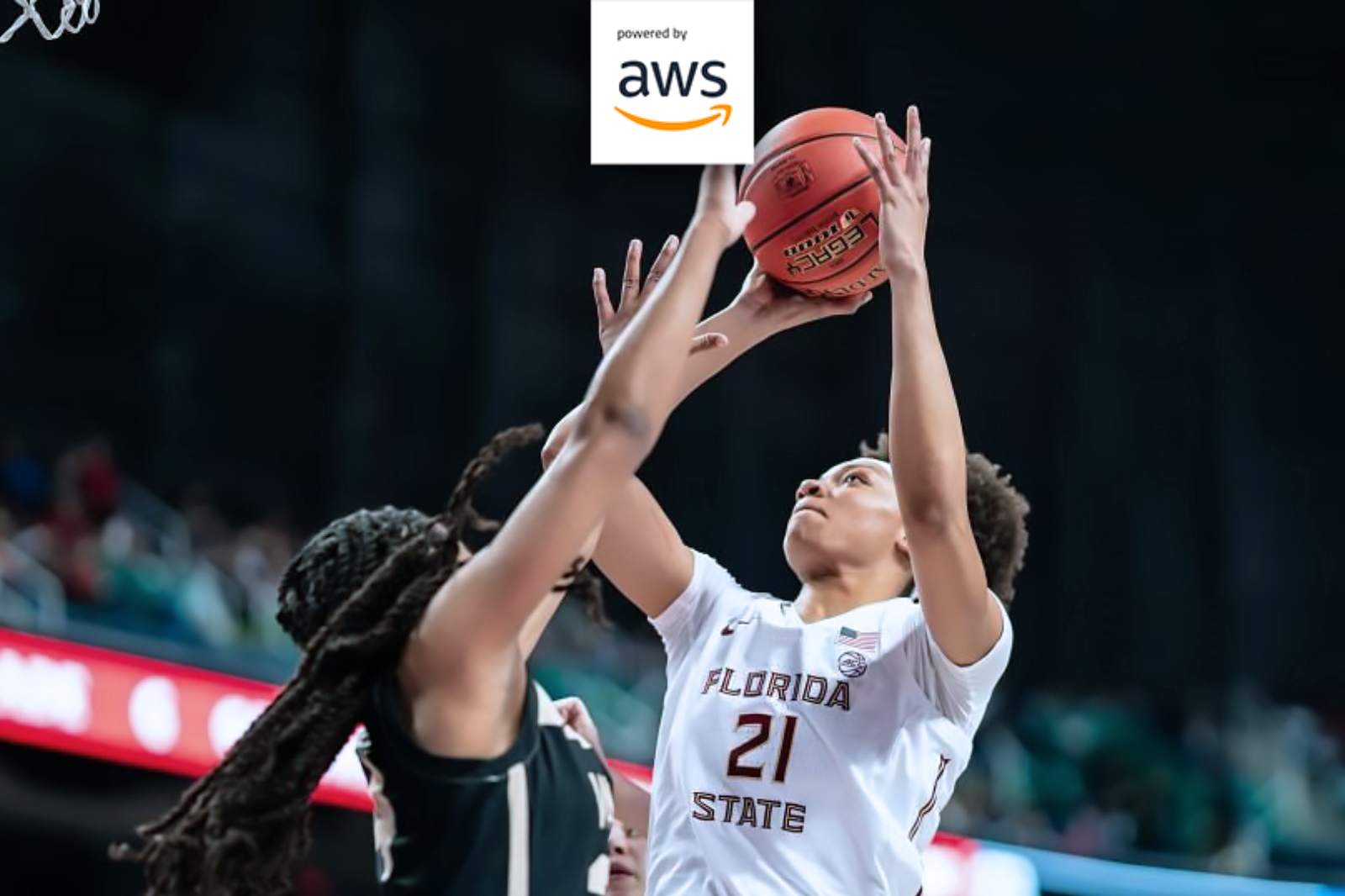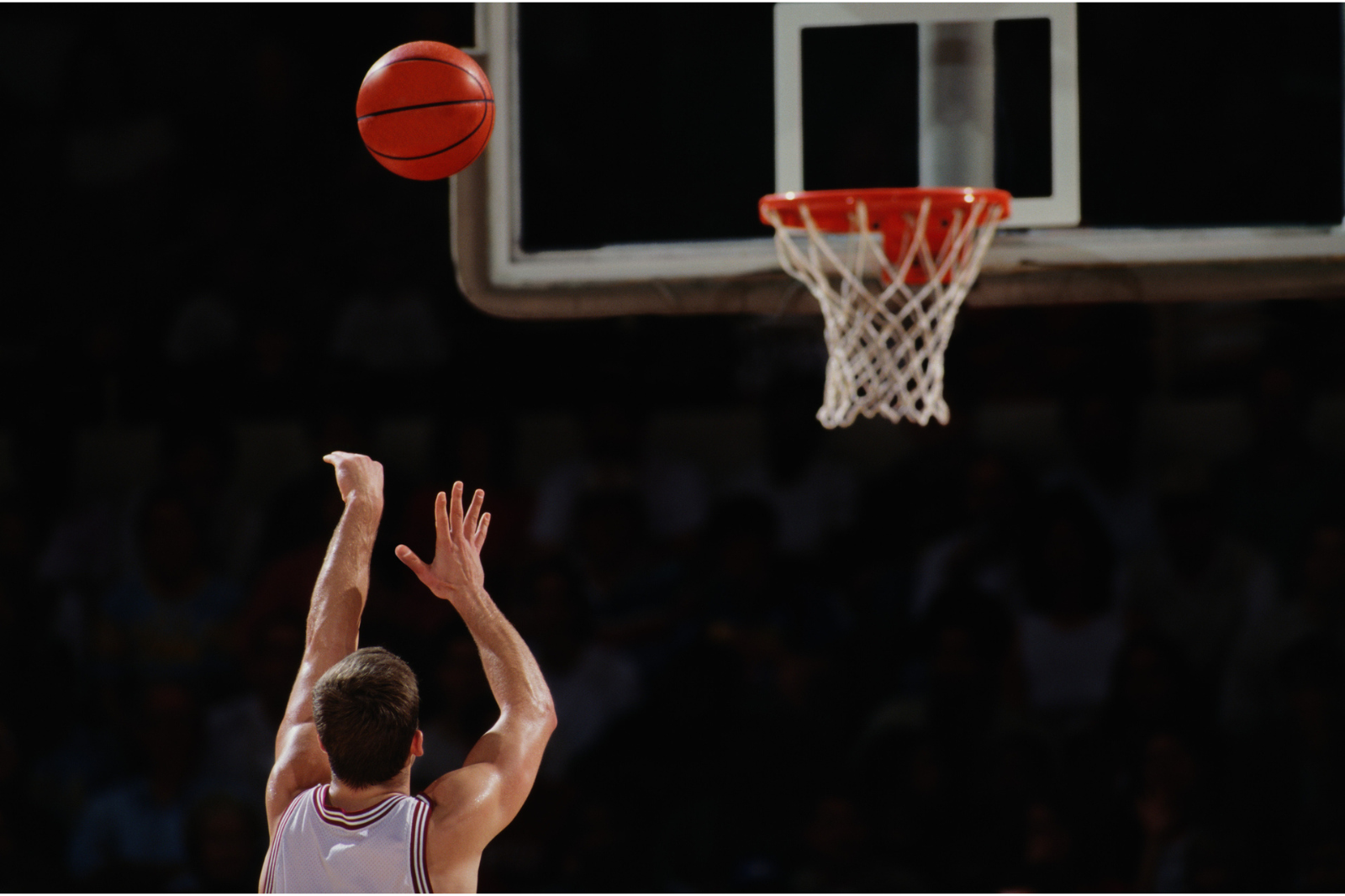A Collection of Insights: 2022 State of Performance Tracking in College Basketball Report
While some collegiate programs utilize data to maximize performance on and off the court, others await their chance to take their skills to the next level. KINEXON surveyed more than 500 men’s and women’s college basketball student-athletes and interviewed coaches across the U.S. — get exclusive insights here!
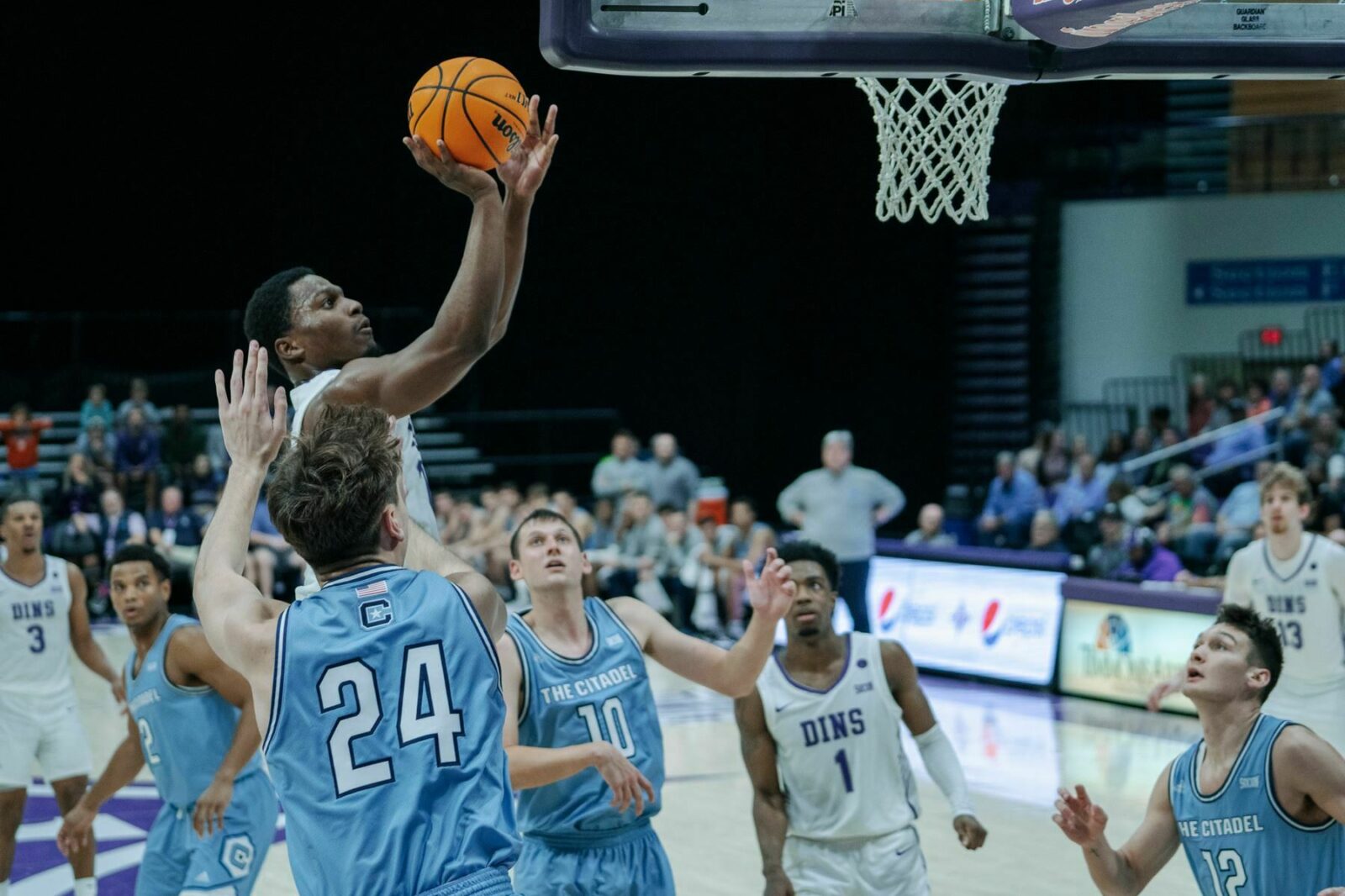
How can programs utilize their resources to get the most out of their athletes and investments in sports performance tracking technology?
We asked ourselves the same question and asked the experts: basketball student-athletes and coaches across the country.
Access the full report here:
Key Highlights
- 8 in 10 student-athletes say their team uses performance tracking and/or wearable technology. Further, most are employing multiple, with the most common response being that players use 2 – 3 different types of technologies on their teams.
- 86% of college basketball players say performance tracking technologies have had a moderate to a significant impact on their athletic ability and gameplay
- 48.57% of college student-athletes believe they are at a disadvantage for athletic development compared to schools that implement performance tracking technology
One Team, Multiple Performance Tracking Technologies
More college athletes are using player tracking and/or wearable technology than ever. As coaches try to find a competitive edge against their competition, athletes are beginning to fall behind compared to their competition, who are implementing multiple performance tracking technologies into their daily workload. 8 in 10 student-athletes say their team uses performance tracking and/or wearable technology. Further, most are employing multiple, with the most common response being that players use 2 – 3 different types of technologies on their teams.
Performance Tracking is Key to Managing Injury and Reducing Recovery Time
Injury prevention has become an essential topic for coaches to address. For most student-athletes, different factors play a role in recovering from injuries. As more schools implement performance tracking technologies, student-athletes are seeing a positive correlation between the ongoing usage of performance tracking technology and the rate of injury. Survey results have shown that 86% of college basketball players say performance tracking technologies have moderately or significantly impacted their athletic ability and gameplay.
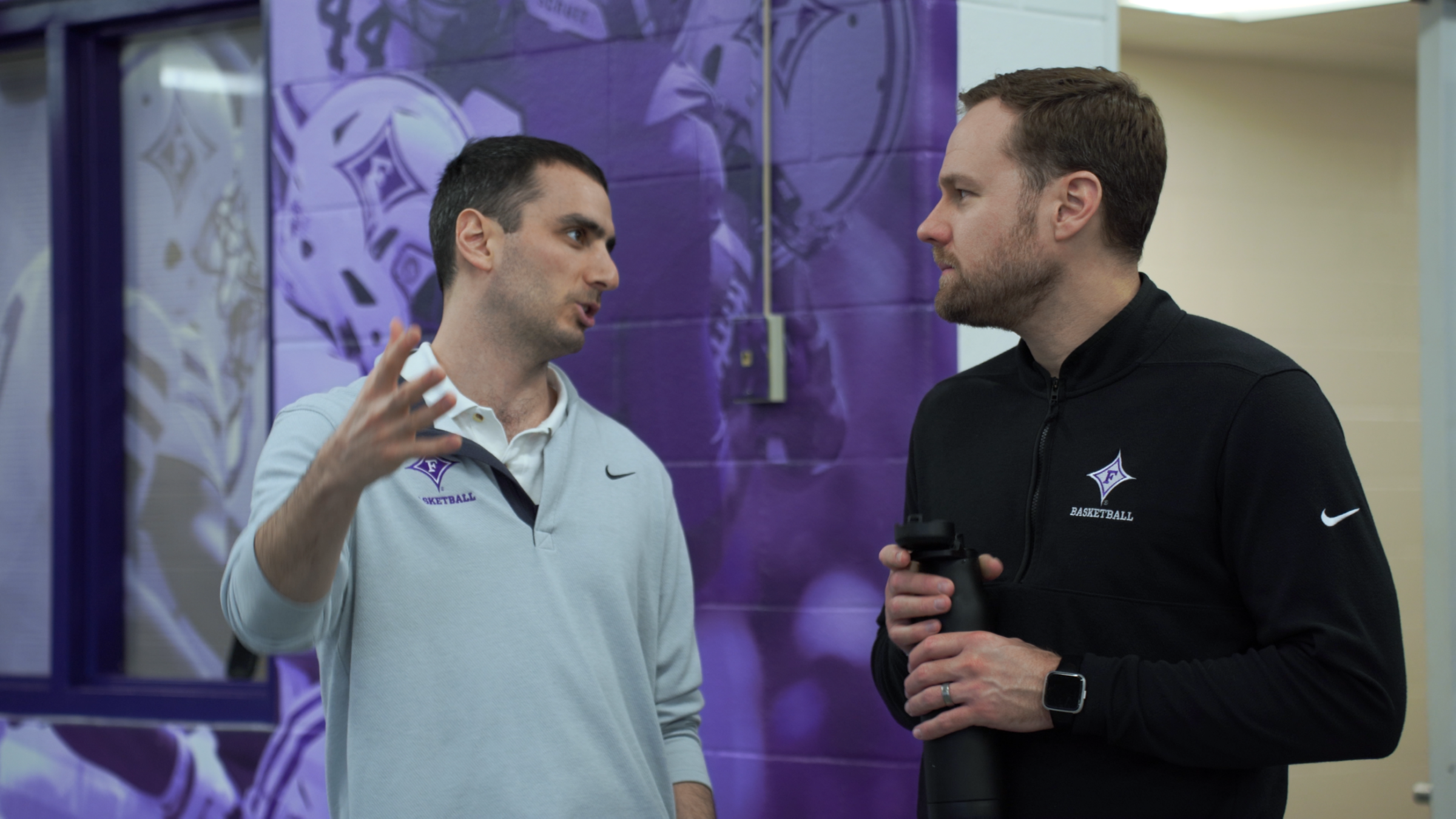
A big part of the responsibility as athletic trainers is actually injury prevention. An athlete’s main commodity is availability, so how do you stress an athlete without over-training? The metrics KINEXON provides with accumulated loads, springs, jumps, etc., are incredibly valuable in how to manage an athlete: how to develop them; how to manage each practice week; how to manage each game. It’s also very valuable in terms of recovery.
Missing Performance Tracking Technology Means Missing Opportunities
Coaches and staff continue to search for solutions regarding load management. Understanding how an individual athlete performs during practice and on gameday is becoming more pivotal to instilling the proper load parameters.
Data shows 48.57% of college student-athletes believe they are at a disadvantage for athletic development compared to schools implementing performance tracking technology.
With nearly half of the student-athletes stating they feel at a data disadvantage compared to those using performance technology, will more collegiate programs begin introducing new resources for their athletes?
Want to know more? Find further details, insights and facts about performance tracking in the complete college basketball report.
